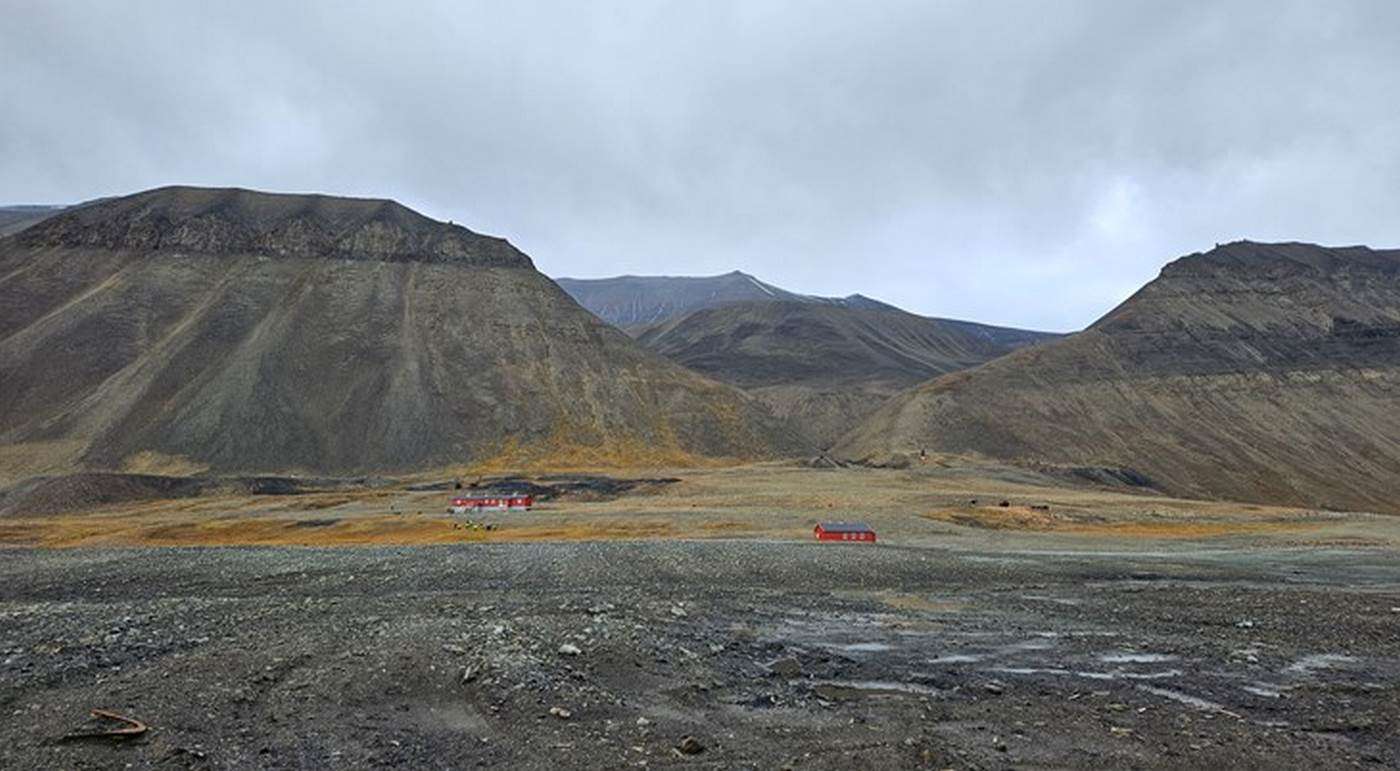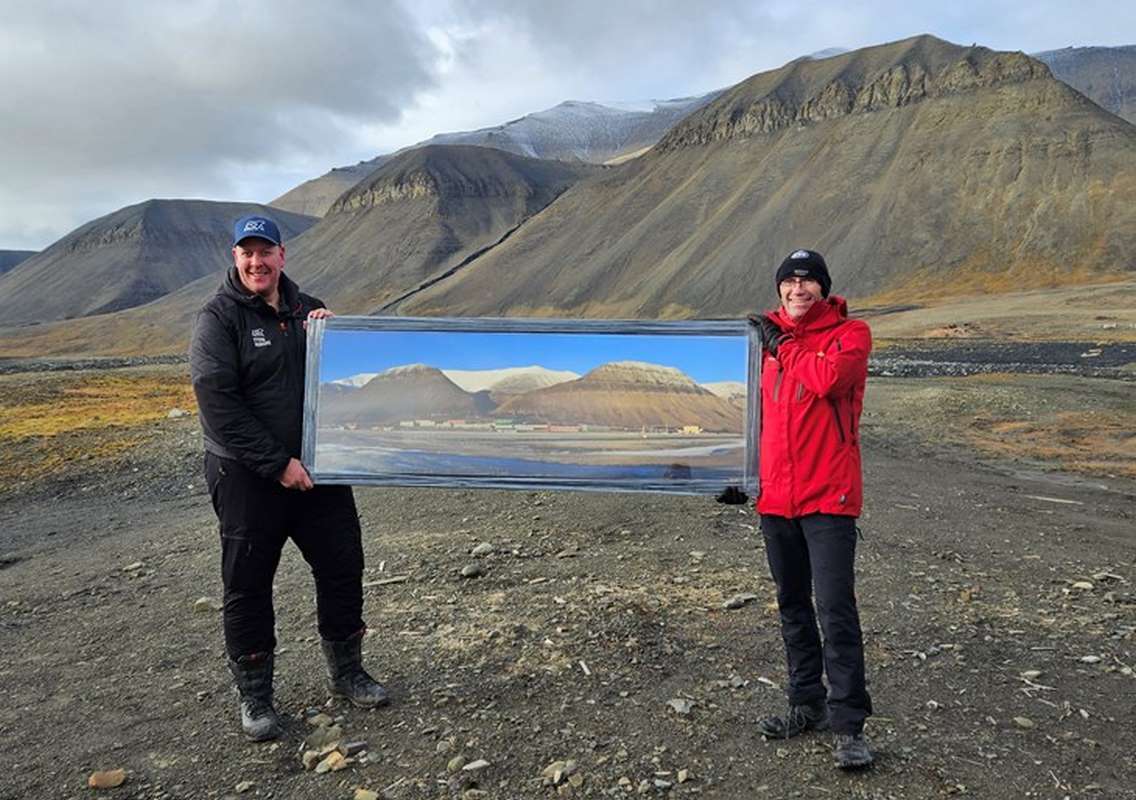Early Man Was Building Lincoln Log-like Structures 500,000 Years Ago, New Preserved Wood Shows
Wikipedia lists the earliest carpentry assemblage ever found as a water well cover carved from oak boards from 5,600 BCE.

On the arctic island of Svalbard, the Norwegian government has just completed the largest re-wilding project in its history.
Polar bears, reindeer, Arctic fox, and many sea birds are now moving back into the Sveagruva mining town, where the depths of the island were plumbed for coal for 100 years.
Sveagruva was an industrial community nestled in a remote fjord, which before its closure had its own power station, wharf, water supply, and everything else that was necessary to house up to 300 workers and run mining operations on a large scale.
The Storting, or Norwegian parliament, decided in 2017 to wind down operations and clear the area to return it to its natural state. All traces of human activity since mining began in 1910 were to be removed, with the exception of cultural monuments and buildings from before 1946.
It's now so empty and pristine that no passing polar bear could ever have imagined humans had ever been there apart from three red houses spared by their monument designation.
"This is Norway's largest nature restoration ever, and an expression of a long-term and consistent Norwegian policy to preserve wilderness nature on Svalbard," said Climate and Environment Minister Espen Barth Eide.
"There is less and less untouched nature in the world, and the restoration of nature and ecosystems is therefore one of the most important goals in the new global nature agreement. The clean-up in Sveagruva is an important contribution to this."
Before the re-wilding began 12 people from NIKU (Norwegian Institute for Cultural Heritage Research) spent six weeks scanning and photographing the entire town of Sveagruva. Around 170,000 images and 6,000 scans, in total more than 18 terabits of raw data, have become a huge digital 3D model that can be experienced at a nearby tourist outpost.

"In many ways, the clean-up of Svea and Lunckefjell has been a project that has involved the entire population of Svalbard," said Lars Fause, the head of civil affairs in Svalbard. "I am impressed by how the various companies and units have worked together. This has been one of the success factors for the project being carried out so efficiently and cost-effectively."
While 2.5 billion Norwegian Krone, or around $230 million was budgeted for the project, the project came in at merely $83 million.
7 national parks and 23 nature reserves cover the island of Svalbard, making it by percentile one of the most well-conserved island ecosystems in the Arctic at around 66%.
SHARE This Massive Action On Behalf Of A Wild Island With Your Friends…
Be the first to comment